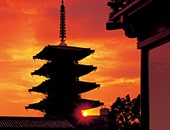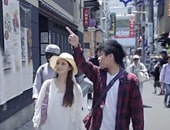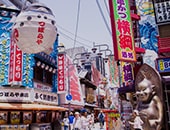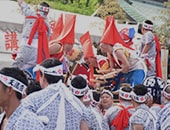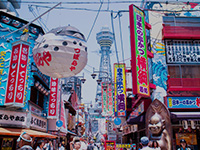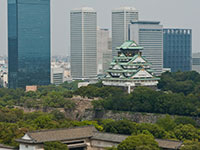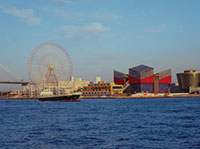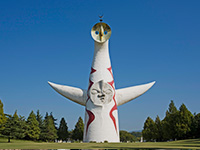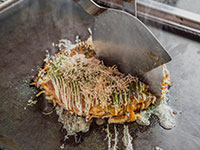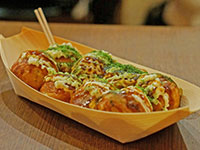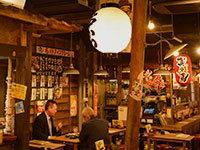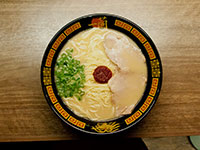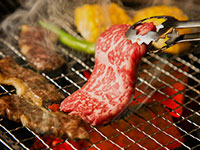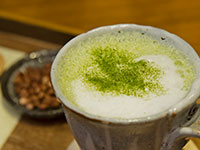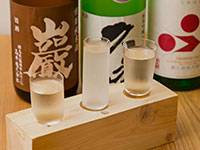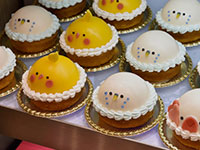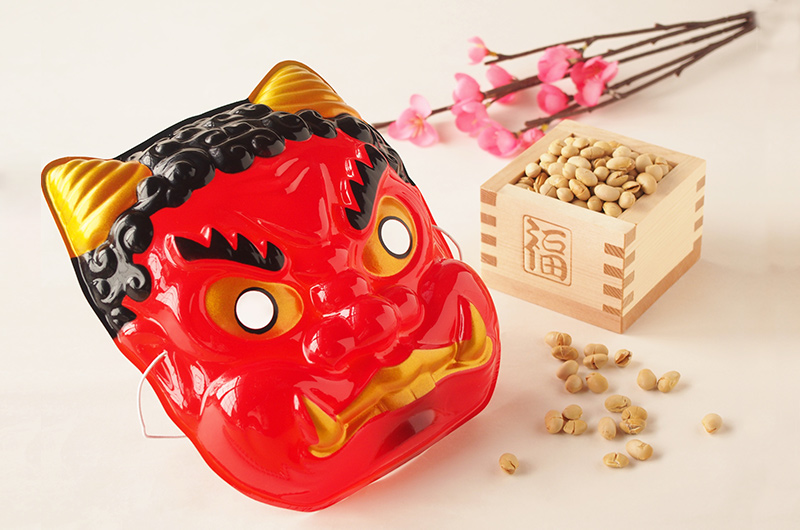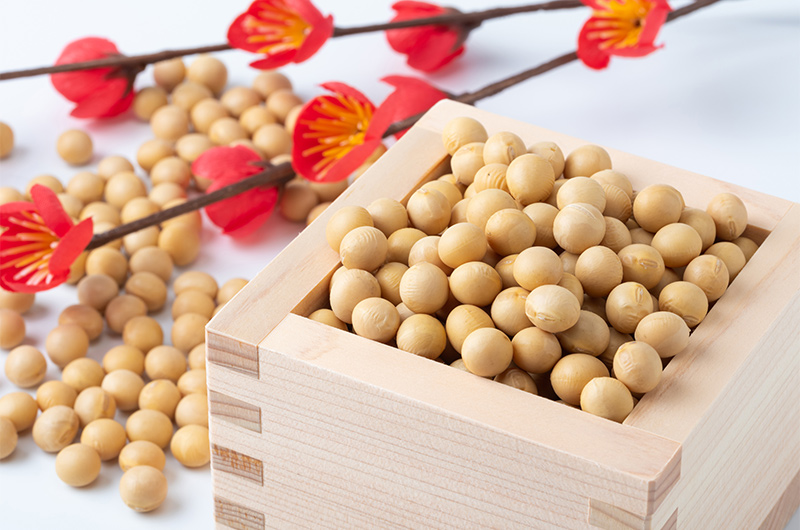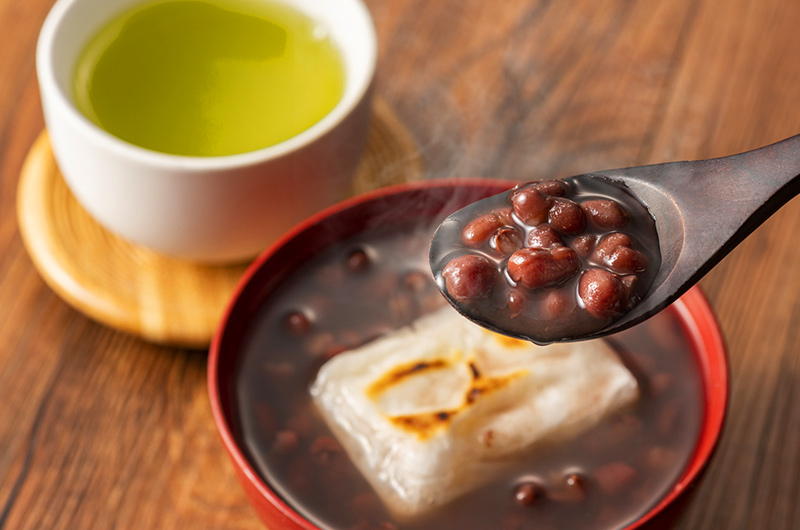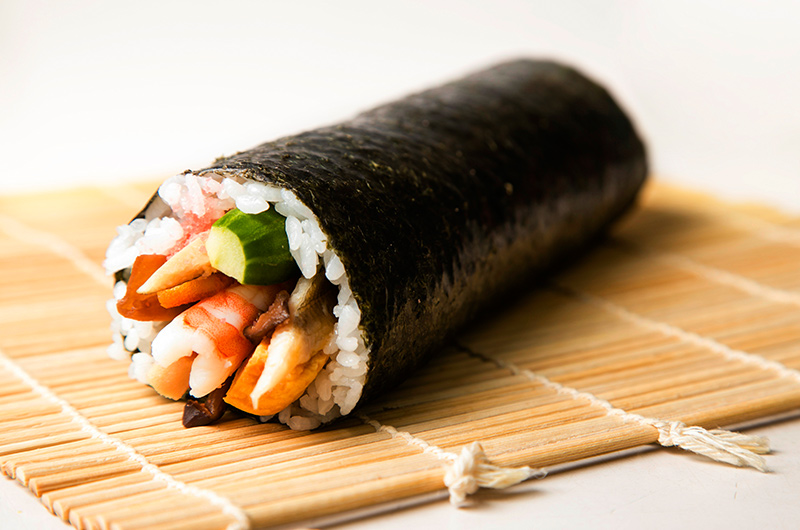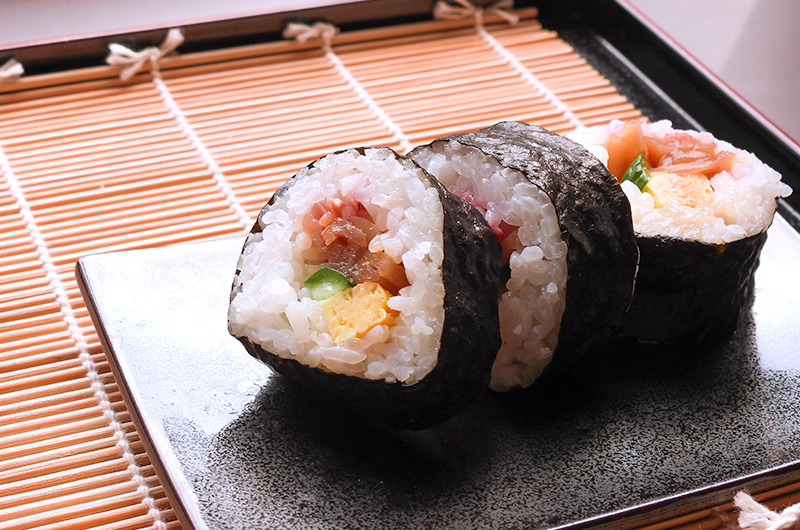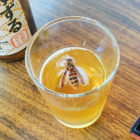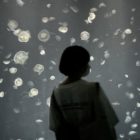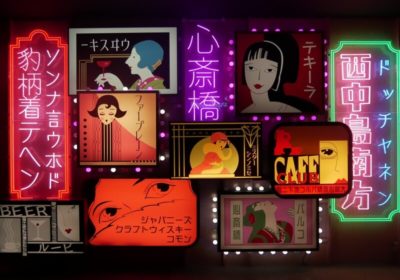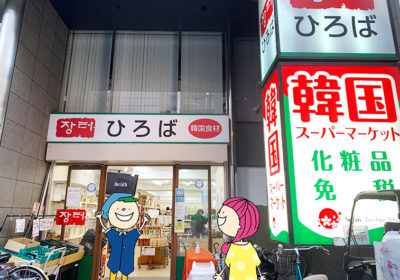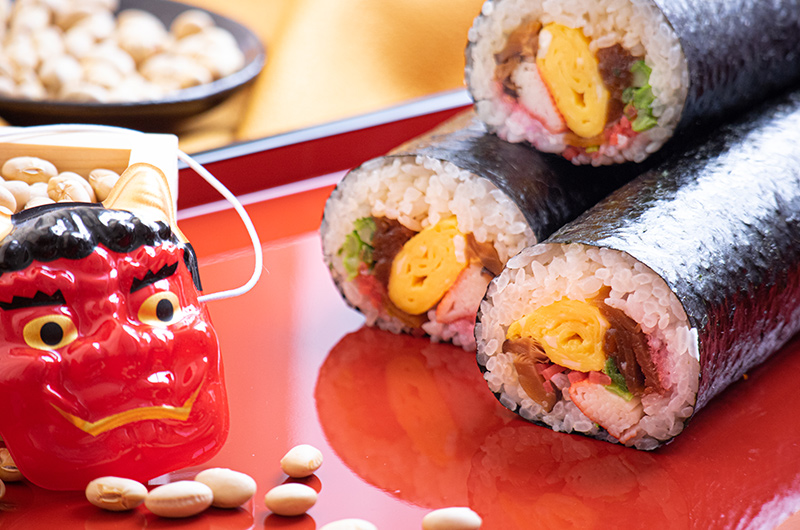

Supporter
Sushi! And demons! And beans! Oh my!—Setsubun
The first thing you might be asking is “What is a ‘Setsubun’? And how do I use it?” If that is you, here is a little background on this annual February festival…
The word “Setsubun” literally means ‘seasonal division’ and is celebrated throughout Japan. Because it is celebrated on the day before the first day of spring (according to the Japanese lunar calendar) the holiday bounces between February 2, 3, and 4. It is not the type of holiday that will close banks, schools, or other places of business, but it is a holiday that is marked with a number of fun traditions and customs. For the year 2025, Setsubun will be on February 2nd.
In English, Setsubun is sometimes called the “Bean-Throwing Festival”. That is because there is a lot of bean-throwing! It was once believed that spirits would roam around during this season, so it was important to drive them away with roasted soybeans (peanuts are sometimes used as well). To do so, simply chant the phrase “Oni wa soto, fuku wa uchi”– meaning “Evil out, good in” while you throw the beans out your front door. Or in the extreme case that an oni (demon) actually enters your home, school, or place of employment, throw the beans directly at the oni!
In the days leading up to Setsubun, supermarket shelves are stocked with small bags of soy beans sold with oni masks. Pre-school teachers, parents, grandparents, and neighbors may put on the mask and pretend to be a demon while playfully chasing children and getting pummeled with beans. The beans are considered good luck, which brings us to another Setsubun tradition– eating beans. People will often eat a handful of roasted beans for good luck. Some people say you should eat one bean for each year of your age. Some people eat one extra bean for the new year. And some people will indulge in a warm bowl of sweet red bean soup with mochi (zenzai).
One long-standing Osaka custom, which has been popularized throughout much of the country is the tradition of eating a giant sushi roll, called ehomaki. Fillings may vary, but you’ll often find some combination of kanpyō (dried gourd), egg, eel, and shiitake mushrooms. The oversized rolls are sold at supermarkets, convenience stores, and sushi shops for the holiday. Everyone is supposed to eat a whole ehomaki roll, without talking, while facing the lucky direction. Easier said than done! The lucky direction is determined by the zodiac year and the ten Heavenly Stems (which were used formerly used for days of the week). The lucky direction in 2025 is slightly West of West-Southwest.
So get your soybeans and sushi rolls read and have a happy Setsubun!

Supporter
The contents of this page were current at the time it was posted, but may differ from the present.
Text visible in this map is based on information from Map Tiler and may differ from actual geographical names.

